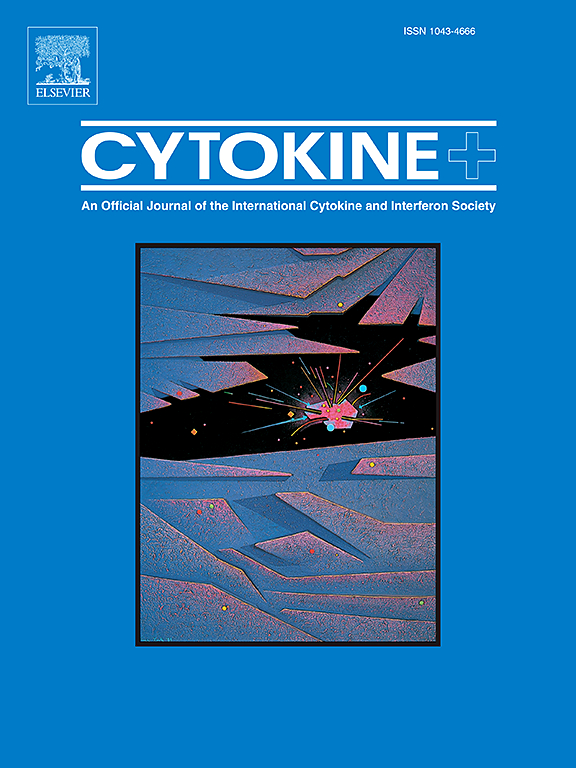糖尿病伤口愈合的分子机制:关注Wnt/β-catenin和MAPK/ERK信号通路
IF 3.7
3区 医学
Q2 BIOCHEMISTRY & MOLECULAR BIOLOGY
引用次数: 0
摘要
糖尿病伤口表现出显著的临床挑战,每年约有50 - 70%的报告非创伤性下肢截肢。本文综述了糖尿病创面愈合受损与Wnt/β-catenin和MAPK/ERK两个关键信号通路之间的复杂关系。糖尿病患者的慢性高血糖会导致周围神经病变、血管功能障碍和免疫反应受损,从而导致伤口愈合延迟。Wnt/β-catenin通路对细胞增殖、分化和组织稳态至关重要,在糖尿病伤口中显示出活性改变,特别是通过R-spondin 3蛋白表达降低。同样,通过分级激酶级联调节细胞增殖和分化的MAPK/ERK通路在糖尿病患者中也表现出失调。本文综述了目前对正常伤口愈合过程、糖尿病伤口病理生理以及这两种信号通路的分子机制的理解。有证据表明,针对这些途径,无论是单独的还是协同的,都为糖尿病伤口管理提供了有希望的治疗方法。未来的发展方向包括开发靶向递送系统,探索通路串扰,研究双通路调节剂以提高糖尿病患者的伤口愈合结果。这一综合分析为潜在的治疗策略提供了见解,并强调了在糖尿病治疗这一关键领域进行研究的必要性。(图形抽象)本文章由计算机程序翻译,如有差异,请以英文原文为准。

Molecular insights into diabetic wound healing: Focus on Wnt/β-catenin and MAPK/ERK signaling pathways
Diabetic wounds manifest significant clinical challenge with approximately 50–70 % reporting non-traumatic lower limb amputations annually. This review examines the intricate relationship between impaired wound healing in diabetes mellitus and two crucial signaling pathways: Wnt/β-catenin and MAPK/ERK. Chronic hyperglycemia in diabetes mellitus leads to peripheral neuropathy, vascular dysfunction, and compromised immune responses, resulting in delayed wound healing. The Wnt/β-catenin pathway, which is essential for cellular proliferation, differentiation, and tissue homeostasis, shows altered activity in diabetic wounds, particularly through decreased R-spondin 3 protein expression. Similarly, the MAPK/ERK pathway, which regulates cellular proliferation and differentiation through hierarchical kinase cascades, exhibits dysregulation under diabetic conditions. This review describes the current understanding of normal wound healing processes, diabetic wound pathophysiology, and the molecular mechanisms of both signaling pathways. Evidence suggests that targeting these pathways, either individually or synergistically offer promising therapeutic approaches for diabetic wound management. Future directions include, developing targeted delivery systems, exploring pathway cross-talk, and investigating dual-pathway modulators to enhance wound healing outcomes in diabetic patients. This comprehensive analysis provides insights into potential therapeutic strategies and emphasizes the necessity of research in this crucial area of diabetes treatment. (Graphical Abstract)
求助全文
通过发布文献求助,成功后即可免费获取论文全文。
去求助
来源期刊

Cytokine
医学-免疫学
CiteScore
7.60
自引率
2.60%
发文量
262
审稿时长
48 days
期刊介绍:
The journal Cytokine has an open access mirror journal Cytokine: X, sharing the same aims and scope, editorial team, submission system and rigorous peer review.
* Devoted exclusively to the study of the molecular biology, genetics, biochemistry, immunology, genome-wide association studies, pathobiology, diagnostic and clinical applications of all known interleukins, hematopoietic factors, growth factors, cytotoxins, interferons, new cytokines, and chemokines, Cytokine provides comprehensive coverage of cytokines and their mechanisms of actions, 12 times a year by publishing original high quality refereed scientific papers from prominent investigators in both the academic and industrial sectors.
We will publish 3 major types of manuscripts:
1) Original manuscripts describing research results.
2) Basic and clinical reviews describing cytokine actions and regulation.
3) Short commentaries/perspectives on recently published aspects of cytokines, pathogenesis and clinical results.
 求助内容:
求助内容: 应助结果提醒方式:
应助结果提醒方式:


